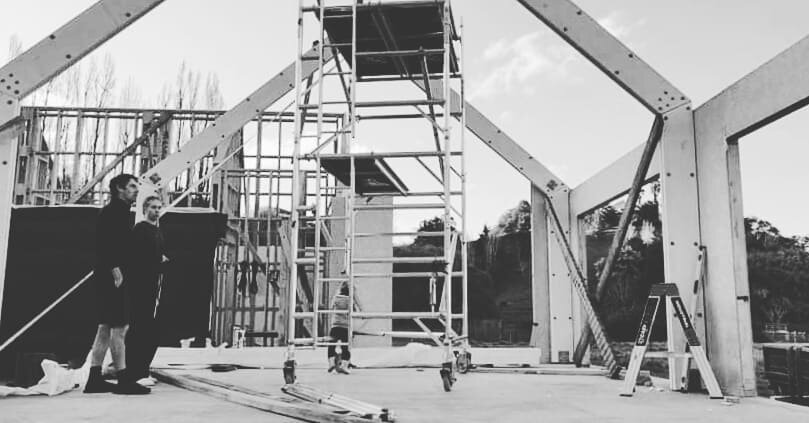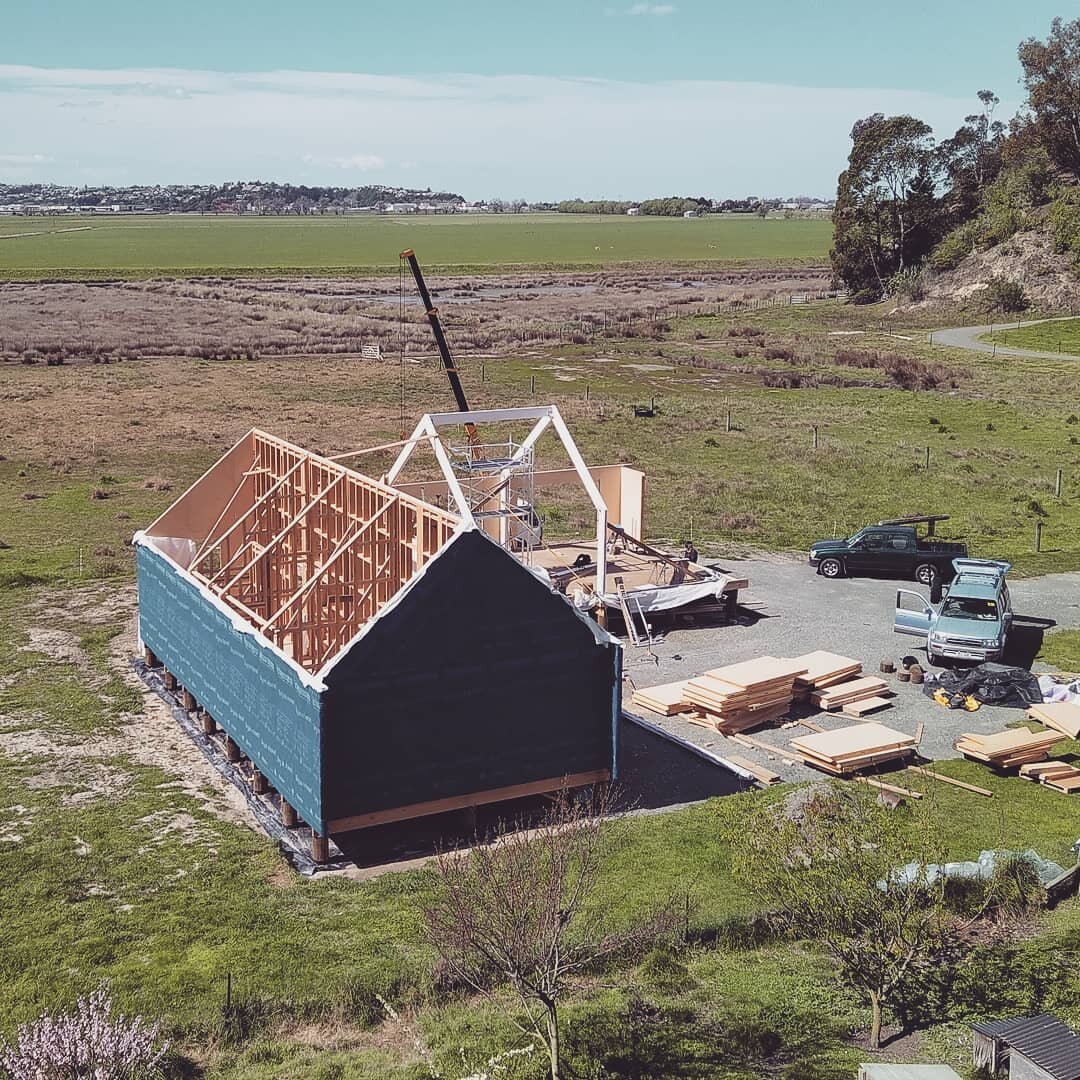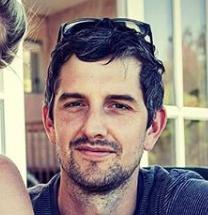Podcast: Play in new window | Download | Embed
I’m sure that many lifestyle block owners have days when they feel like a farmer, though they would rarely claim to be one. Similarly, people who design their own home then pick up the hammer, don’t claim to an architect or a builder.
Mike Pickering almost did become an Architect. He changed his mind at the last minute to study engineering. But looking at his recent work on a lifestyle block in Napier, you could be forgiven for taking him as either an architect or a builder. He has, as he says, come full circle.
Lifestyle Design
When I spoke to Mike in early 2019, he was just starting to build the house that he designed. It’s not going to be a Passive House, but it is going to be pretty airtight. It’s going to have excellent windows, minimal thermal bridges and very good ventilation. Best of all, Mike is sharing his progress, including his costs at Our Life Block.

International Inspiration
A turning point in Mike’s thinking about housing came during a visit to Switzerland. Half metre thick walls in old, but warm European houses made an impression on him. He started asking why typical walls in New Zealand are only 90 mm thick. This remains a good question.
When starting on his own lifestyle project, Mike first went to Jason Quinn of Sustainable Engineering for energy analysis. Mike literally put function before form.
Jason didn’t just do some calculations and provide Mike with one definite answer. Instead, Jason presented a number of scenarios. Mike and his wife Loren then made a choice that matched their goals and their budget.
While Mike acknowledges that a full Certified Passive House would be the best option for performance and efficiency, he’s settled on the slightly lower target of a Low Energy Building. In this scenario, he says, the heating demand is still predicted to be five times less than an equivalent building code standard home in the same location.
Not Designed to Sell
I have no doubt that Mike and Loren’s house and lifestyle block will be very desirable once complete, and easy to sell should they ever wish to. But selling is not their aim. A long-term ownership mindset has been present all through the design and now the building process. Mike is not building his house in order to sell it, he’s building it for his family. How different would our housing stock be if houses weren’t designed and built in order to sell as quickly as possible?
Made in New Zealand
Youtube has been a big source of inspiration and information for Mike. But he’s faced a challenge when trying to source equivalent products and materials here in New Zealand. Just because something might be tried and tested overseas and even available online for importing, doesn’t make it easily approvable by the local consenting authority. Mike has seen a lot of high-performance practices and products online and he’s had to do some work translating this knowledge to the local market. Fortunately for us, he’s documented a lot of his journey and shared much of his research.

Keeping it Simple
In order to achieve great performance on a tight budget, Mike has implemented a few simple concepts. He’s kept the floor area small to make the building affordable. His three bedroom home with office is just 135 m2. One trick he’s employed is avoiding lots of internal hallways. These can add privacy but consume floor area. Mike has also kept the form very simple, opting for an ‘extruded’ barn style cross section. This means that the roof is just one straight form without complex ridges and troughs.
Where he hasn’t cut corners is on the envelope. Mike has opted for high-performance windows, airtightness and high levels of insulation, choosing to forgo expensive kitchenware at least for now. This is a very pragmatic approach and contrary to the populist display of stylish home magazines and real estate listings. By focussing on the invisible things, Mike has ensured that comfort and performance will endure.
Check out Mike’s progress on Our Life Block and also check out his tiny house resources at Wee Make Change.

